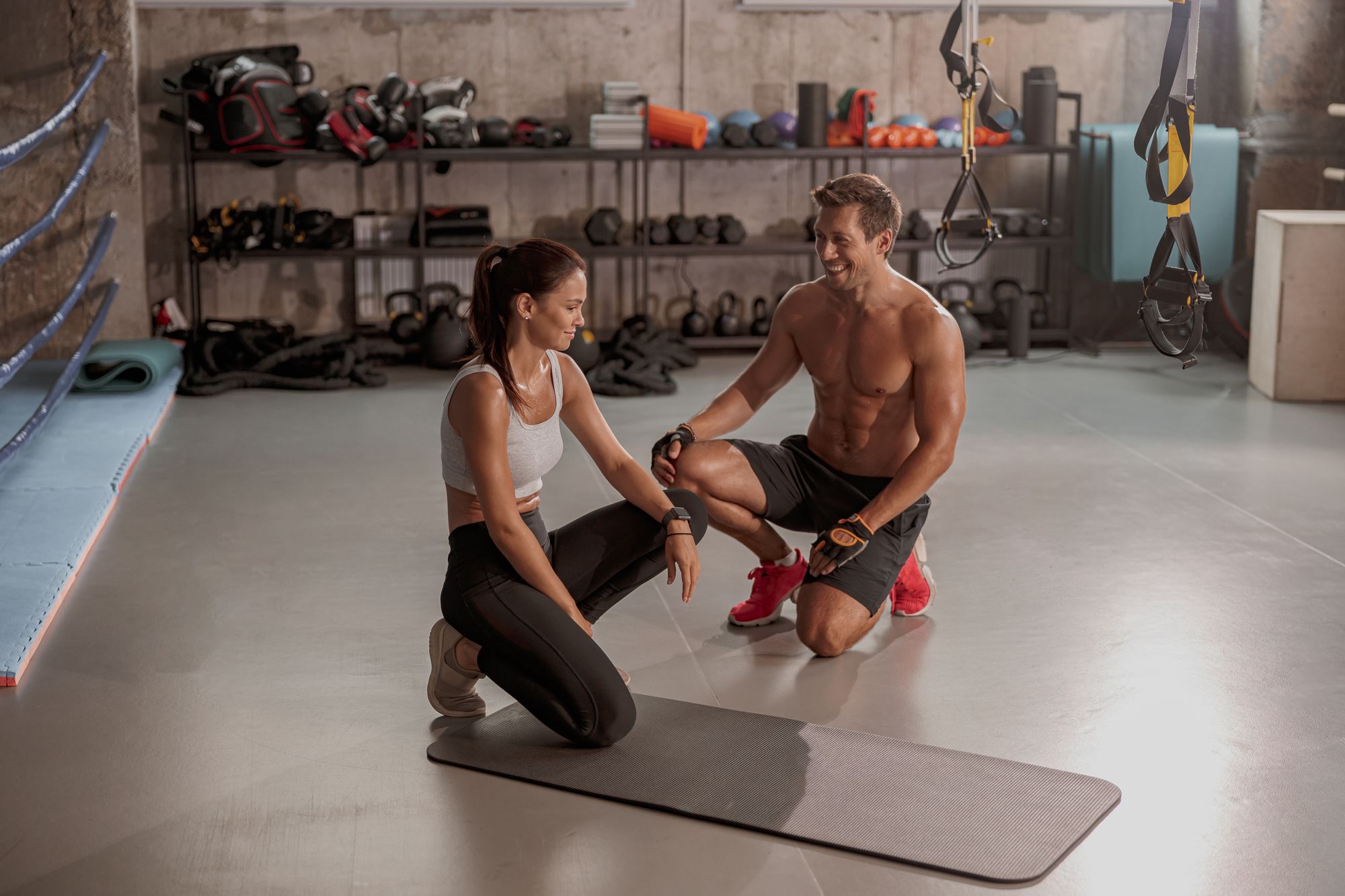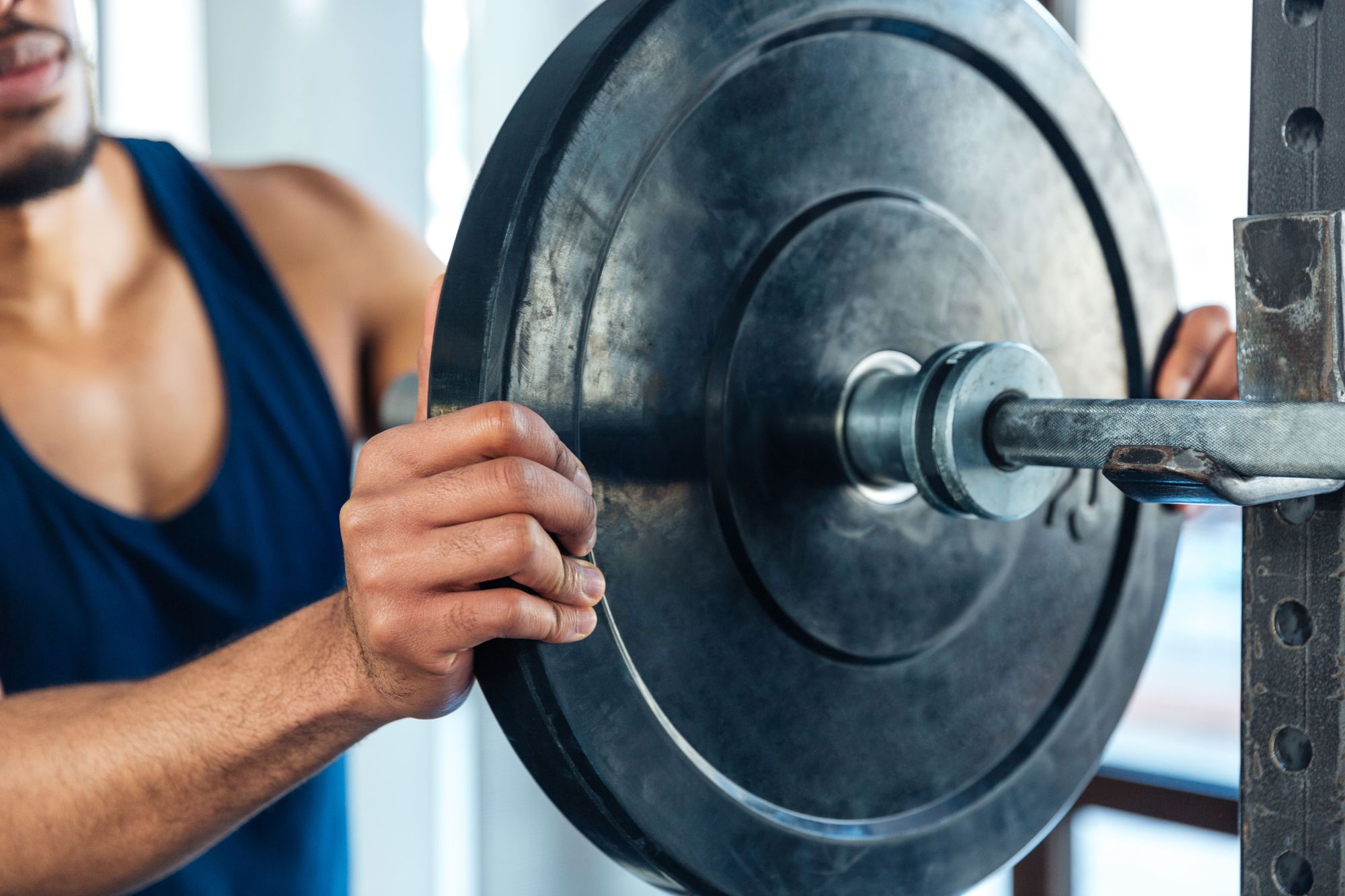Is Exercise Bad for Your Knees?
The knee cartilage wears out with usage - so you should avoid working out ... right? Wrong. Exercise isn't bad for the knees. At all. Here's why.

Raise your hand if you think your knee cartilage functions similarly to a car tire – prone to wearing down with usage and time ✋ Don't be shy about it; many people share the same sentiments.
This explains why you’d commonly hear advice like: “Stop exercising so much! You’re hurting the knees!” On the surface level, this advice makes sense; a quick look at the human anatomy tells us that the knee cartilage doesn’t have a blood or nerve supply, which implies it can't repair itself.
So, essentially, it’s an inert shock absorber doomed to get brittle the more stress (including that of exercise) you put on it … right? Wrong.
As it turns out, exercise isn’t bad for the knees at all (although there are a few things you need to be mindful of). Let’s explore.
Exercise and knee health: what’s the relationship?
Physical activity is beneficial for knee health. Wait, what? Beneficial? But what happened to all that anatomy we talked about; that the cartilage (FYI: the smooth layer of tissue that cushions the bones of the knee and other joints) doesn’t have a blood or nerve supply?
Well, recent research suggests that while that bit holds, the implication that the cartilage is incapable of repairing itself doesn't.
More specifically, researchers now believe that cyclic weight-bearing activities (e.g., walking and running) help squeeze the cartilage like a sponge – expelling waste and drawing in a fresh supply of oxygen- and nutrient- rich fluid with each step. Yes. That means the knee cartilage gets stronger with regular use!
Not convinced?
Take a look at this 2010 study published in Osteoarthritis and Cartilage. The researchers found that non-runners who started a 10-week program experienced a 1.9% improvement in knee cartilage quality and strength.
Oh, and by the way: all that well-intentioned advice to cut down on running to preserve knee health? There’s little truth to it.
Take this recent 2021 systematic review of 43 different MRI studies investigating the relationship between running and knee health, for instance. It concluded that there’s no evidence running causes either short-term or long-term damage to knee cartilage! Now, how about that?
Things to be mindful of
Okay, so exercise isn’t bad for the knees.
In fact, at this point, we’ve pretty much established that anyone with bad knees or is struggling with knee pain may potentially even benefit from more exercise (like cardio, for that nutrient- and oxygen- rich fluid “bath”).
Still, that doesn't mean that you can go crazy with the intensity and frequency of your workouts (especially when you’re fuelled by that New Year’s motivation).
One of the most important things you need to do is pay careful attention to how your knees feel after exercise – if pain persists for more than an hour post-workout, or if you wake up with “sore knees” the morning after, then you’re probably overdoing things.
Scale back on your activity intensity or duration; consider shorter and more frequent workouts. For example, if a twice-weekly hour run leaves you with aching knees, you might try swapping it out for 30-minute sessions four times a week (if time permits, of course).
Slowly increase either intensity or duration once you're sure your knee cartilage has "acclimatized" to a given level.
Of course, cardio cannot be the only form of exercise you do to boost knee health, too. Strength training will also play a crucial role.
Exercises like the squats (e.g., bodyweight squat, barbell squat, goblet squat) and lunges (e.g., Bulgarian split squats, front-foot elevated split squat) can help strengthen your quads and hamstrings – the major muscles that keep the knee stable, plus “stiffen” the tendons and ligaments around the joint.
That said, the usual advice applies. Don't go too gung-ho in the initial stages. Start with lighter loads, then gradually (note: gradually!) progressively overload once you’re ready.

Be sure to practice good form when lifting as well. You don't want to get injured.
Why? Well, that’s because research shows that 50% of individuals who sustain traumatic knee injuries – like a torn anterior cruciate ligament (ACL) – will eventually develop osteoarthritis within five to 15 years. But what’s the deal behind this scary statistic?
There are a few reasons for this, but a primary contributing one is that people tend to be less active (and consequently put on weight) even after the knee heals. So, one thing’s clear: always clean up your form before attempting the heavy weights!
Your joints (and future self) will thank you.
Bottom line? Exercise is not bad for your knees
So, here’s the bottom line: thinking that you should stop exercising the moment you experience a tiny twinge of pain around the knees is a mistake.
Instead, you should stay active (with cardio forms like walking or running) and find ways to strengthen the muscles around the region.
Bonus tip: there’s no need to spend your hard-earned money on “joint health supplements” (e.g., glucosamine or chondroitin). There’s no high-quality evidence to suggest that any of them even work. Although, admittedly, there's also little to indicate that they're harmful, either.
Meaning? If you’re okay with spending the money just for that psychological reassurance that you’re doing something to boost your joint health, then go ahead.
Still, your priority will always be to preserve (and enhance) joint health by staying active and avoiding injuries. Psst: new to the gym and not sure if you’ve got the exercise forms down-pat? Worried that you’re unknowingly sabotaging your joint health on the leg press machine?

In addition to planning out your workouts based on your specific fitness goals, this AI-powered personal trainer app also provides you with an extensive exercise library guiding you on the proper form of nearly every exercise you could think of. Better still: it's VR-enabled; that means you can project its demos right onto your workout space.
Excited? Take a look:
References
Chang, L.-R., Marston, G., & Martin, A. (2021). Anatomy, Cartilage. In StatPearls. StatPearls Publishing. http://www.ncbi.nlm.nih.gov/books/NBK532964/
Cheung, E. C., DiLallo, M., Feeley, B. T., & Lansdown, D. A. (2020). Osteoarthritis and ACL Reconstruction—Myths and Risks. Current Reviews in Musculoskeletal Medicine, 13(1), 115–122. https://doi.org/10.1007/s12178-019-09596-w
Ginckel, A. V., Baelde, N., Almqvist, K. F., Roosen, P., McNair, P., & Witvrouw, E. (2010). Functional adaptation of knee cartilage in asymptomatic female novice runners compared to sedentary controls. A longitudinal analysis using delayed Gadolinium Enhanced Magnetic Resonance Imaging of Cartilage (dGEMRIC). Osteoarthritis and Cartilage, 18(12), 1564–1569. https://doi.org/10.1016/j.joca.2010.10.007
Information, N. C. for B., Pike, U. S. N. L. of M. 8600 R., MD, B., & Usa, 20894. (2020). How does the knee work? In InformedHealth.org [Internet]. Institute for Quality and Efficiency in Health Care (IQWiG). https://www.ncbi.nlm.nih.gov/books/NBK561512/
Khan, M. C. M., O’Donovan, J., Charlton, J. M., Roy, J.-S., Hunt, M. A., & Esculier, J.-F. (2021). The Influence of Running on Lower Limb Cartilage: A Systematic Review and Meta-analysis. Sports Medicine (Auckland, N.Z.). https://doi.org/10.1007/s40279-021-01533-7
Turner, M. N., Hernandez, D. O., Cade, W., Emerson, C. P., Reynolds, J. M., & Best, T. M. (2020). The Role of Resistance Training Dosing on Pain and Physical Function in Individuals With Knee Osteoarthritis: A Systematic Review. Sports Health, 12(2), 200–206. https://doi.org/10.1177/1941738119887183


